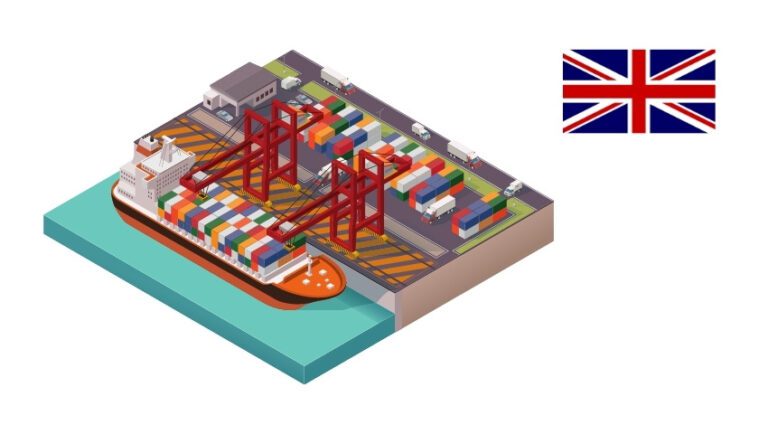Train Strikes UK: What The Ultimate Guide 2023
Discover the Ultimate Guide 2023 on Train Strikes UK! Uncover the latest insights, tips, and strategies to navigate disruptions. Don’t miss out!
Train strikes have become a recurring event in the UK, causing significant disruption to commuters and travellers alike. This comprehensive guide aims to provide you with all the necessary information about the upcoming train strikes in the UK, the reasons behind them, and their potential impact.

Upcoming Train Strikes: Key Dates to Remember
According to the RMT and Aslef unions, more train strikes have been scheduled for late May and early June. Here are the key dates to remember:
- Wednesday, 31 May (Aslef)
- Friday, 2 June (RMT)
- Saturday, 3 June, the day of the FA Cup final (Aslef)
Please note that these dates could change at short notice. It’s always best to check the union websites, National Rail strike page, and your train operator’s travel updates before planning your journey.
Which Lines Will Be Affected?
The following rail operators are expected to see services disrupted:
- Avanti West Coast
- C2C
- Chiltern Railways
- CrossCountry
- East Midlands Railway
- Great Northern
- Great Western Railway
- Greater Anglia (including Stansted Express)
- LNER
- London Northwestern Railway
- Northern Rail
- South Western Railway
- Southeastern (Aslef days only)
- Southern (including Gatwick Express)
- Thameslink
- TransPennine Express
- West Midlands Railway
Why Are the Strikes Happening?
The primary reason for the strikes is a long-standing dispute over pay, jobs, and conditions. Unions argue that any pay offer should reflect the rising cost of living, which is currently above 10%.
However, the rail industry is under pressure to save money after the pandemic left a hole in its finances. Bosses say reforms need to be agreed to afford pay increases and modernise the railway.

What’s the Average Salary of Rail Workers?
According to the Office for National Statistics (ONS), the average salary of rail workers in 2022 was £45,919. If drivers are excluded, the estimate is £39,518.
However, the RMT union said that figure was too high because it does not include rail cleaning staff. The ONS says median pay for “train and tram drivers” is just under £59,000.
What’s the Offer on the Table?
The Rail Delivery Group (RDG), which represents the 14 train companies, made an offer which would have seen rail workers receive a backdated pay rise of 5% for 2022.
It would then negotiate reforms ahead of a second year’s pay rise with individual operators. However, this offer has been rejected by the unions.
How Will the Strikes Affect Your Journey?
The strikes are expected to cause significant disruption to rail services. Many train companies will not be running trains at all on May 31 and June 3, though there may be a select few able to run very reduced services.
June 3 is also FA Cup final day, so football fans should make sure they have their travel sorted for the game.
Conclusion
Train strikes can be a major inconvenience, but understanding the reasons behind them and being prepared can help mitigate their impact. Keep an eye on updates from your rail operator and plan your travel accordingly. Remember, the situation can change quickly, so staying informed is key.
Disclaimer: The situation regarding the train strikes is fluid and can change rapidly. Always check with your rail operator for the most up-to-date information.






